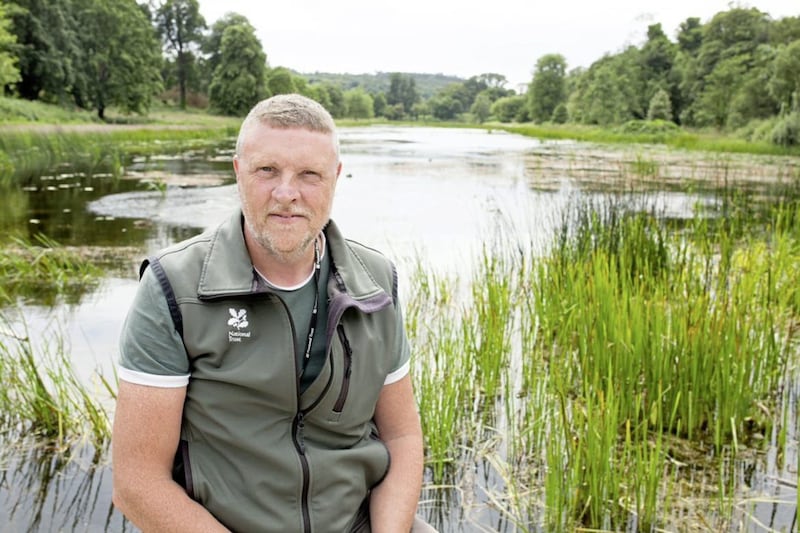THE restoration of Ireland's largest remaining ornamental canal has been completed in Co Down.
Temple Water canal, which sits within the grounds of Castle Ward near Strangford, was designed in the early 18th Century to be both aesthetic and practical.
Covering two hectares, it provided water to drive a corn mill and also held breeding fish and attracted waterfowl.
The National Trust, which now cares for both Castle Ward and Temple Water, has completed a £210,000 project to restore the canal and surrounding landscape.
Using historic documents, paintings and maps, the project focused on the restoration of some of the key surviving formal elements including the Yew Tree Terraces, Lime Tree Avenue, lost historic paths and the Temple Water itself.
Work initially began in March 2020 and had been due to be completed by June 2020 however was delayed due to the pandemic.
When work restarted in late September 2020, it faced further challenges after heavy rainfall resulted in flooding.
Malachy Conway, archaeologist for the National Trust in Northern Ireland, said: "Over recent years, the Temple Water area has been physically deteriorating, due primarily to compromised drainage, inappropriate plant and tree growth and erosion of key sections of the Temple Water canal edge.
"Our ambition was to conserve and repair this historic area in a way that would maintain the formality of the design, while also complementing the softer, naturalised Victorian style. We also wanted to open up the original pathways and viewpoints so visitors could enjoy the landscape as it was originally intended.
"The vision was for the canal to once again have a strong, clear edge, so that its scale and size could be fully appreciated, and to put measures in place to stop future erosion."
Mr Conway added: "Now all that the remains is for this historic landscape to settle and recover.
"The grass needs to re-grow and the landscape needs to soften and naturalise. Temple Water formed part of the original pleasure ground of the estate and this project has ensured that the landscape can continued be enjoyed by visitors long in the future."



